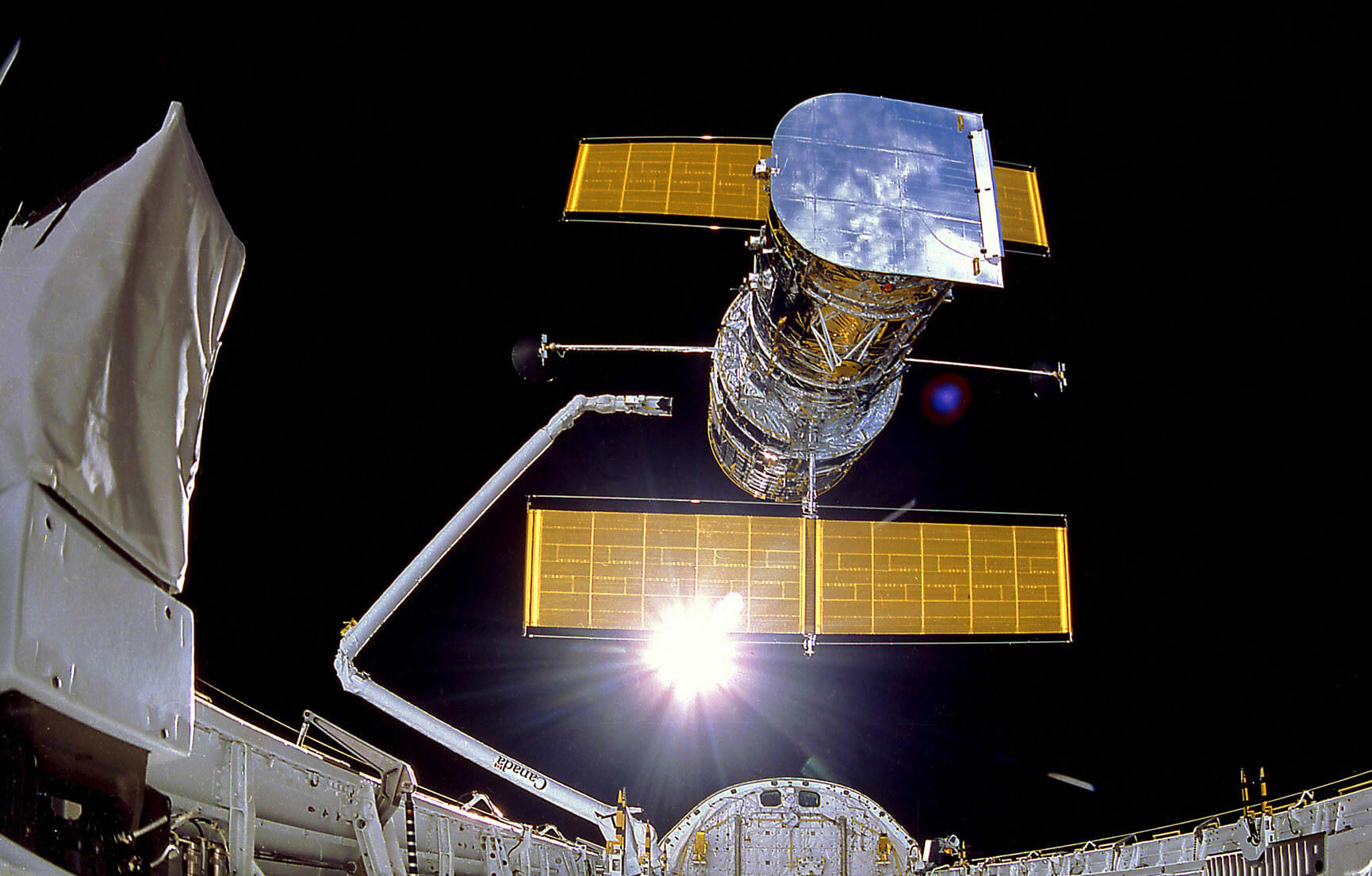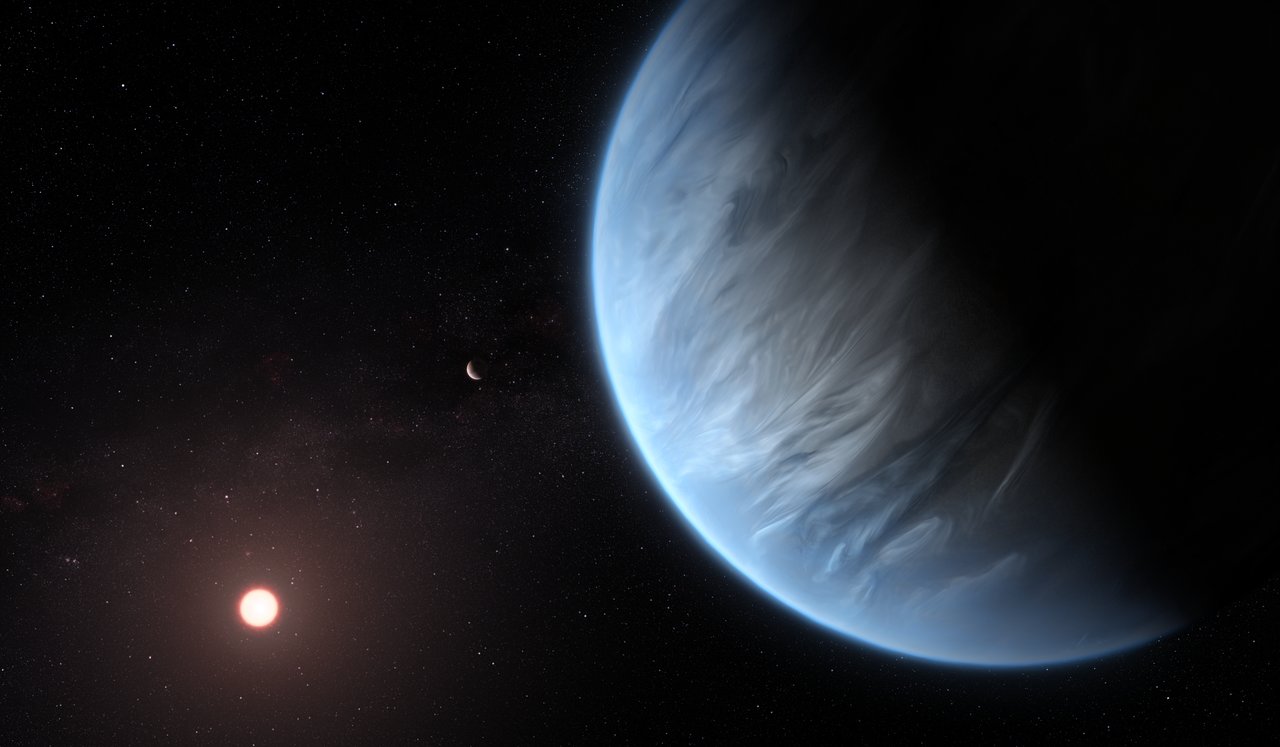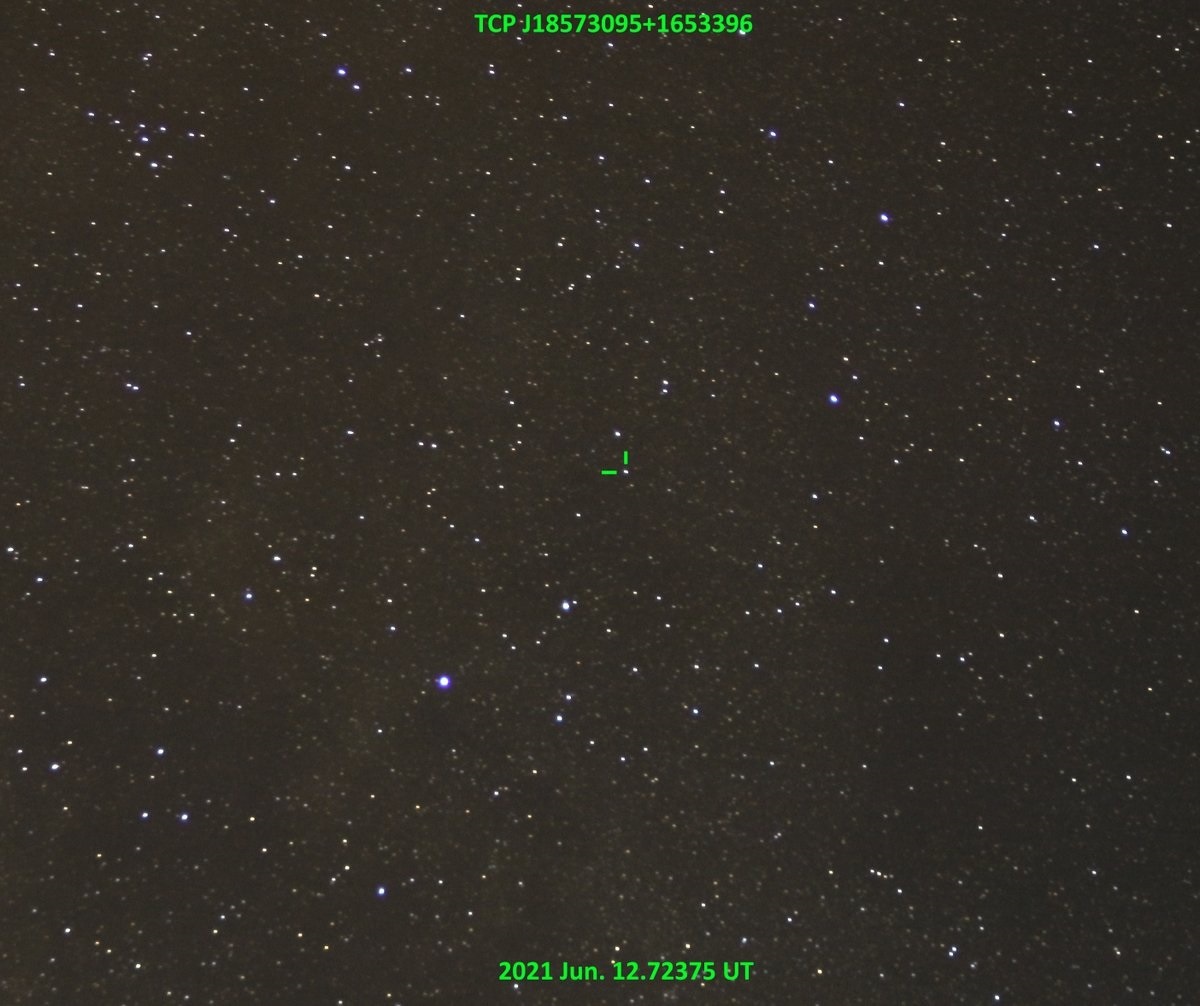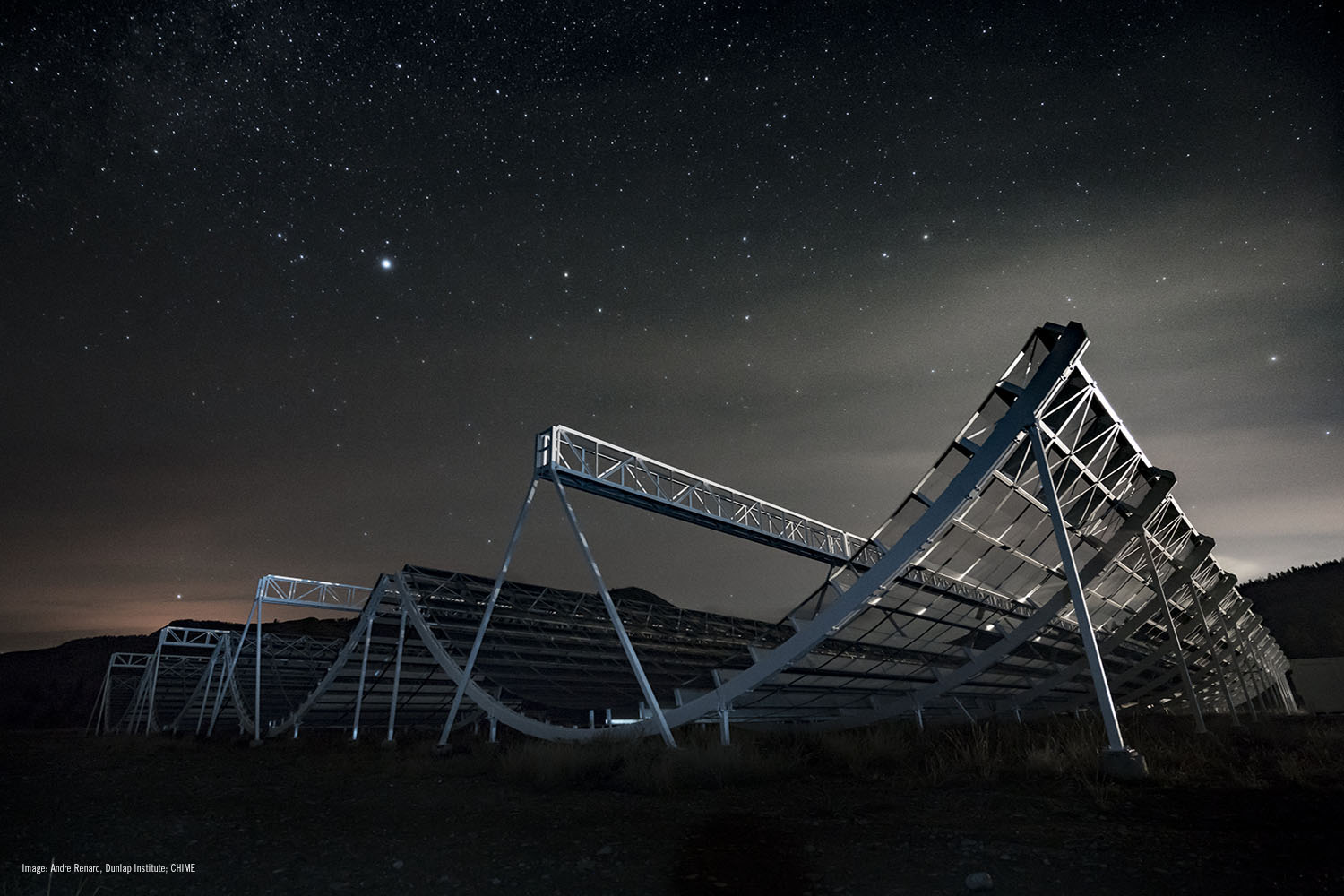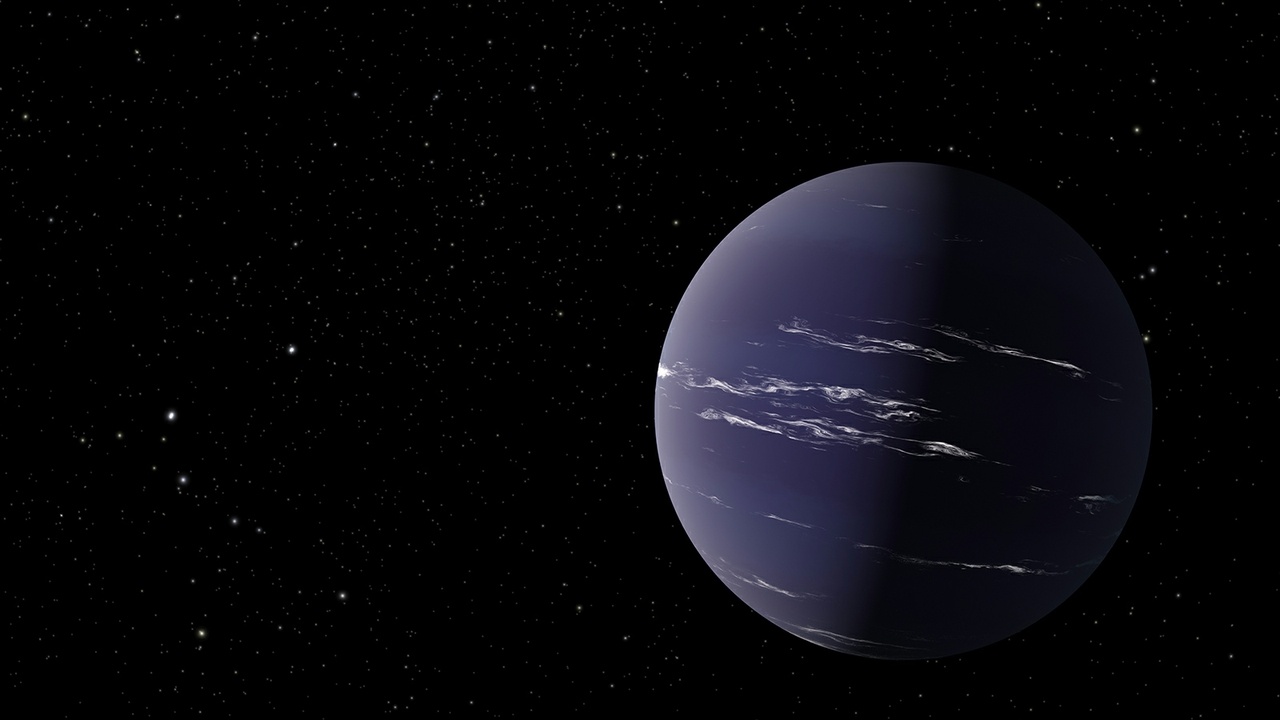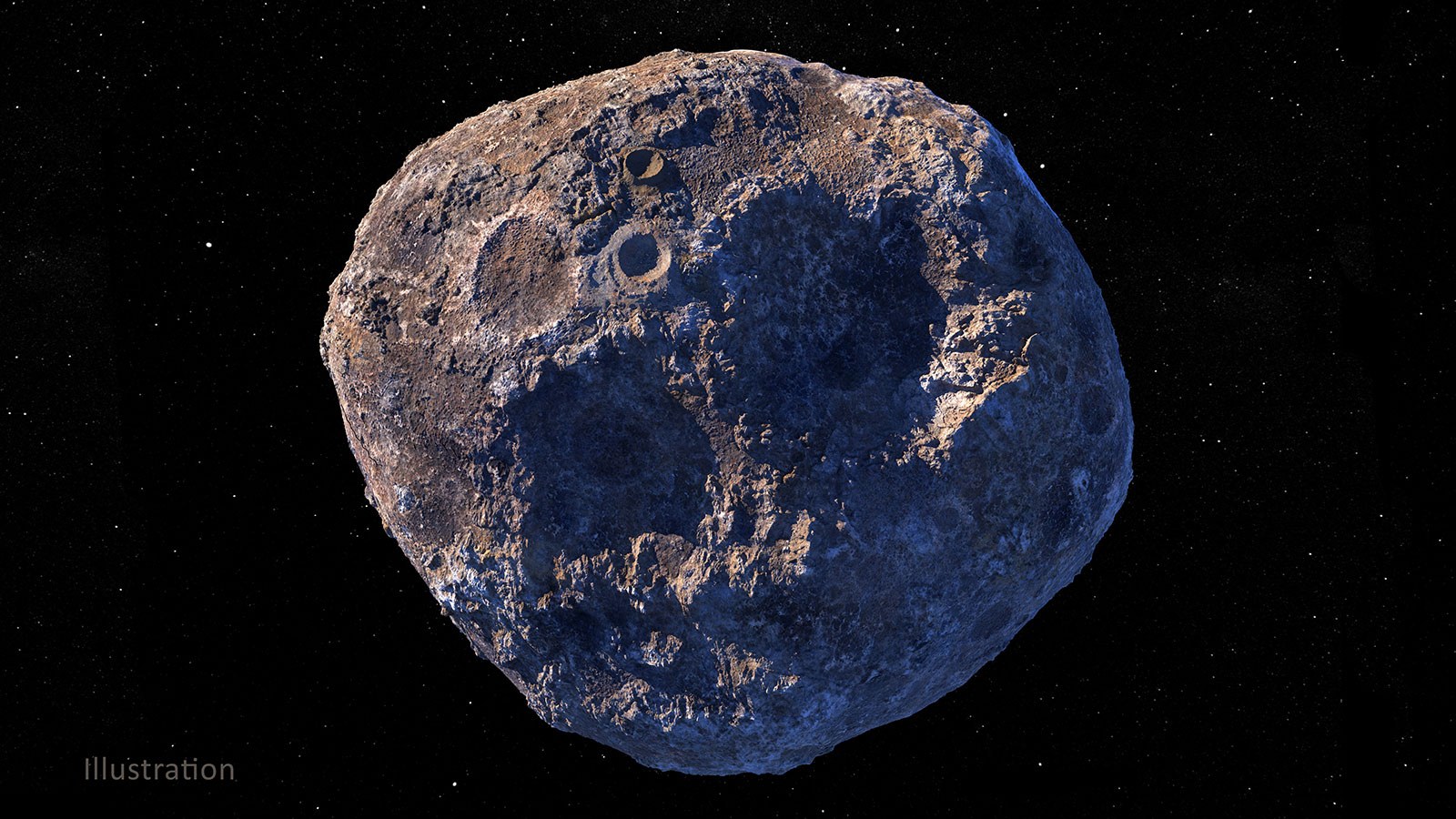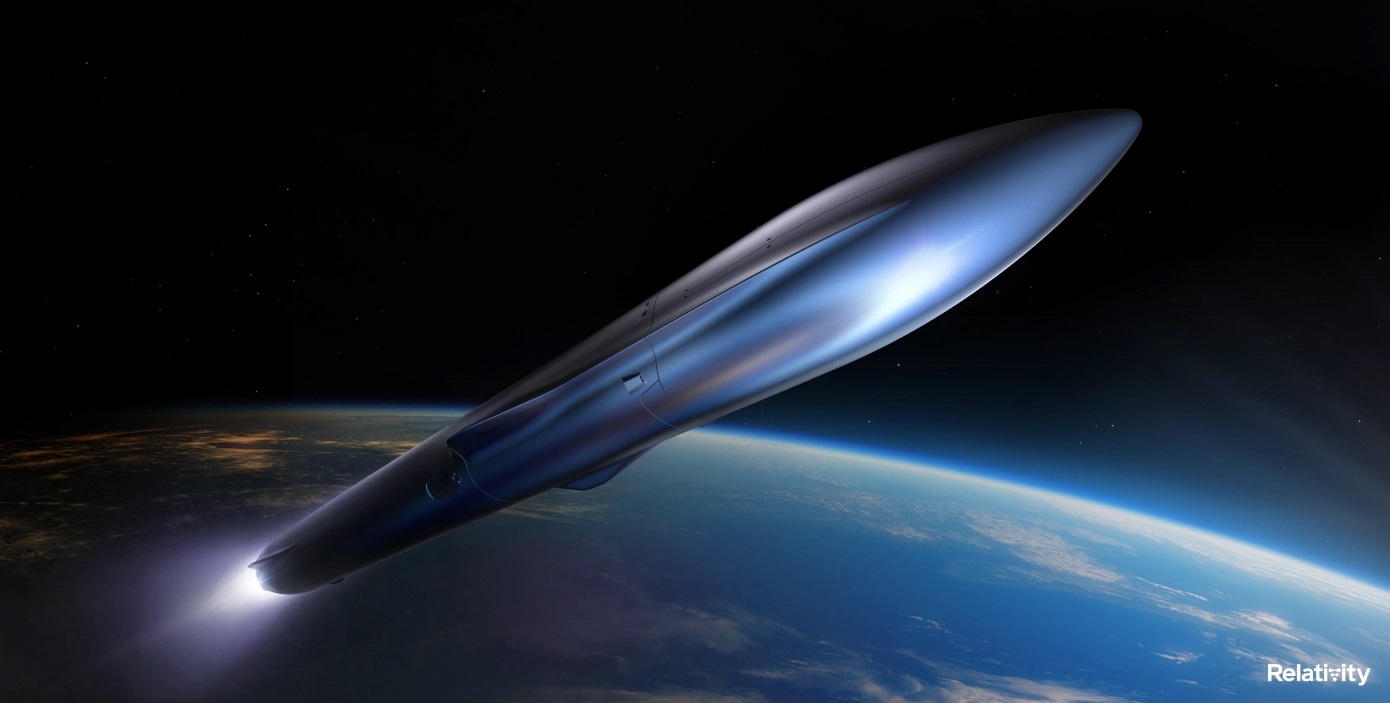For over thirty years, the Hubble Space Telescope has been in continuous operation in Low Earth Orbit (LEO) and revealing never-before-seen aspects of the Universe. In addition to capturing breathtaking images of our Solar System and discovering extrasolar planets, Hubble also probed the deepest reaches of time and space, causing astrophysicists to revise many of their previously-held theories about the cosmos.
Unfortunately, Hubble may finally be reaching the end of its lifespan. In recent weeks, NASA identified a problem with the telescope’s payload computer which suddenly stopped working. This caused Hubble and all of its scientific instruments to go into safe mode and shut down. After many days of tests and checks, technicians at the NASA Goddard Space Flight Center have yet to identify the root of the problem and get Hubble back online.
Continue reading “There’s a Problem With Hubble, and NASA Hasn’t Been Able to fix it yet”
